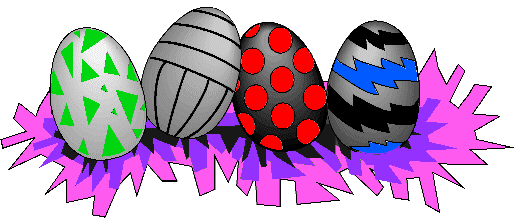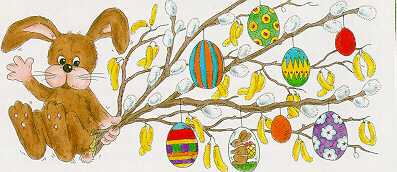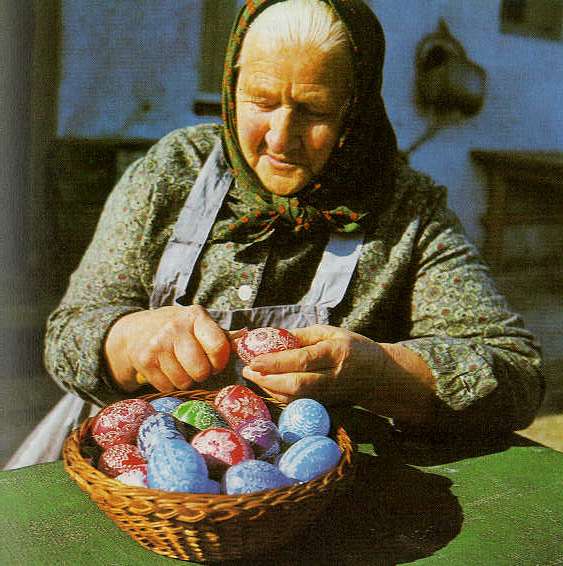
Ostern

History
Easter is the oldest Christian holiday and it is the most important one in the Christian year. It has been celebrated since the
second century to remember the death and the resurrection of Jesus Christ. It was unclear exactly when to celebrate Easter so
in 325 AD the council of Nicäa fixed the day of celebration on the day of the first full moon after March 21. The name "Easter"
is derived from "Austro", a Germanic goddess of the spring season.


Ostern in Germany
Easter, in Germany, is one of the most important holidays along with Christmas. Easter starts in many communities with the
celebration of the Easter Night. At around six o'clock Easter morning, the Easter Fire is lit, usually on some open place in the
community (e.g. on some sports field). The light is the symbol for the victory of life over death. At the Easter Fire people light
their candles that they have brought with them and then they go to church where the priest tells the story of Jesus' rising from
the grave. Like in the United States, the German families will get together on Easter and have a big meal. Traditional food at
this time is the Easter lamb (as a meatloaf or as roast meat).
In addition, the German children have to find the colored Easter Eggs. This is like what the children would do here. It is the
parents who hid the eggs but the children believe (or pretends to believe) that it is the Easter bunny. Another tradition: Freshly
cut twigs from the garden are decorated with beautiful eggs and put into the living room as an Easter bouquet. Family members
often paint the eggs. Another very famous custom is also that the families
take a walk called an Easterwalk.
Links: